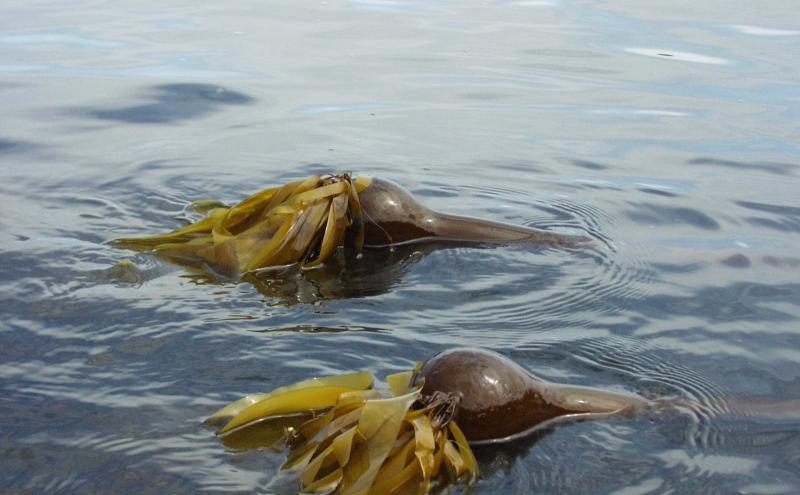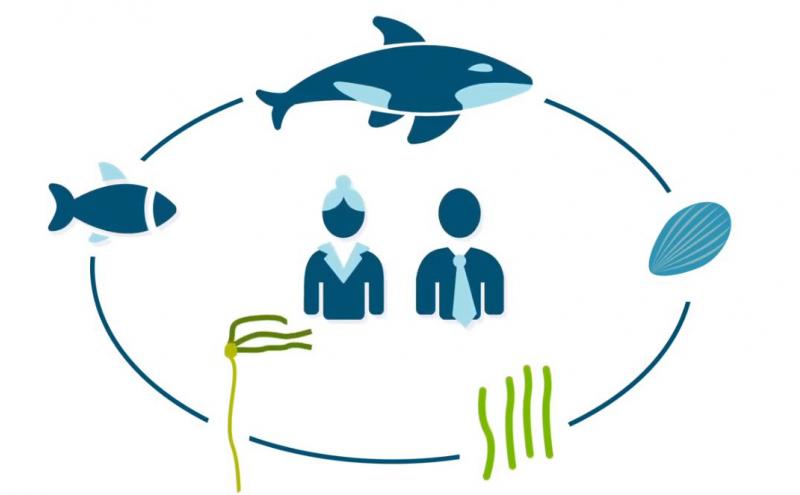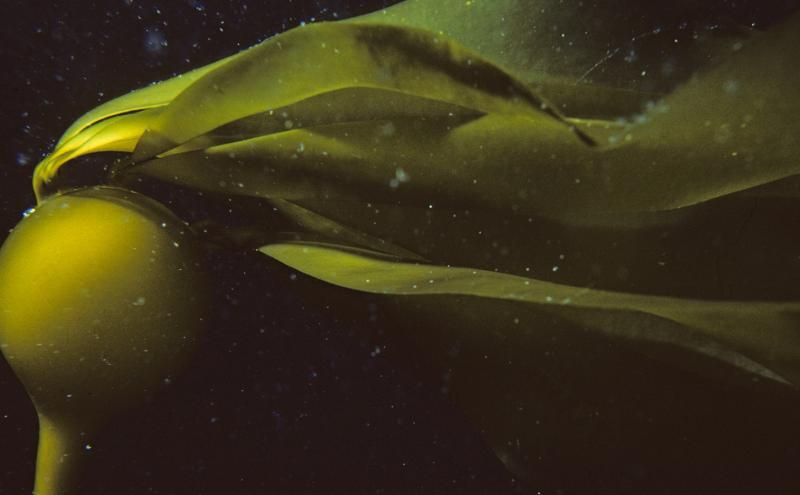
You probably did not know that this week, June 2-8, is a global celebration of seaweed. Dive in to Seaweed Days!
“When the tide goes out, the table is set” says an English translation of an Indigenous saying that refers to the rich coastal bounty served by the sea. According to Cascadia Seaweed (the event sponsor), seaweed is nutritious, contributes more than half of the world’s oxygen, captures more carbon dioxide than land plants, can help reduce livestock emissions, and more.
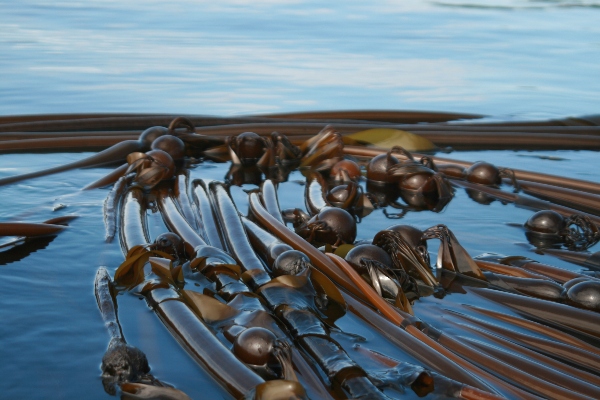
1. Kelp functions in the ocean like trees do on land
Port of Seattle Commissioner Fred Felleman shares the many important roles of kelp in the marine environment.
“The more the effects of climate change descend upon us, the more we realize that every aspect of nature is threatened by it. The good news though, is that our understanding of the tools nature has to offer to combat climate change is growing as we continue to appreciate how all of nature is interconnected. …
That’s a big reason why kelp is stepping into the limelight. When it comes to climate change, kelp is to the ocean as trees are to the landscape. Just as tree forests suck carbon out of our air, kelp forests sequester carbon in the ocean.
And the comparison goes on. Like their cousins on the hillside, kelp forests provide habitat for wildlife to live in, provide shelter from predators, and food for nourishment.”
- Read Commissioner Felleman’s blog post on How Kelp Fights Climate Change

2. Curbing cow burps could help combat global warming
According to the Washington Post, cow burps are among the biggest sources of methane, a greenhouse gas that is approximately 30 times as potent as carbon dioxide. Methane emissions from cattle account for about 15 percent of global greenhouse gas emissions, with 40 percent coming from methane emissions from cow digestion, according to the United Nations’ Food and Agriculture Organization.

- The amount of methane produced by the 1.5 billion cows around the world is equivalent to the emissions from about 650 million cars
- These cow emissions also contribute more global greenhouse gas emissions than the entire global transportation sector
Scientists are exploring how feeding cows two species of seaweed can reduce their burping and their methane production by 60%.
- Get more detail in this video from the Washington Post
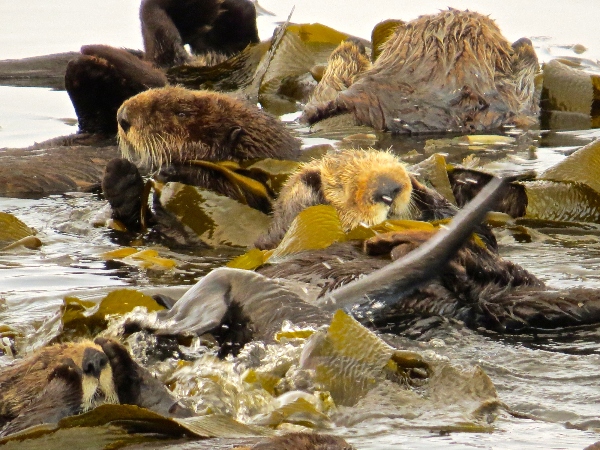
3. Kelp helps sea otters get some good zzzzs
You may sometimes notice a sea otter (or two) entangled in the floating kelp canopy. The buoyant kelp holds sea otters in place, preventing them from floating away while they’re sleeping. Sea otters also protect kelp beds from being decimated by sea urchins, who snack on delicate kelp fronds.
- Learn more about bull kelp
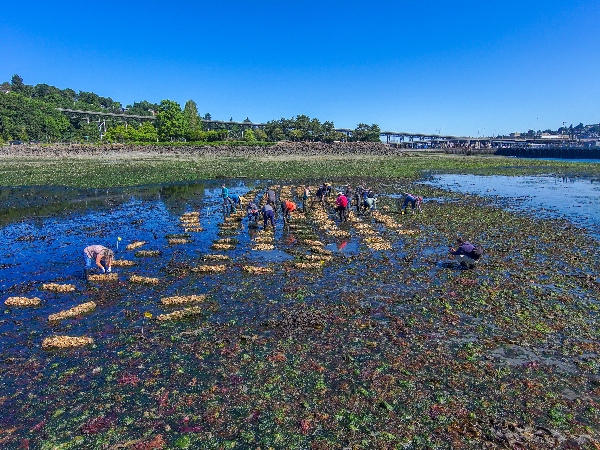
4. Seaweed is home sweet home for other species
A Port project in Smith Cove is creating habitat for native species to help restore a healthy environment. In October 2018, three tons of oyster shells were placed in the lower intertidal zone. These shells were seeded with native Olympia oyster larvae. And in 2019, tiny bull kelp spores were planted in subtidal areas on Port property between Terminal 91, Elliott Bay Marina, and Smith Cove Park. Then, eight test eelgrass transplant plots were established in June 2019.
The project is a good example of restoration aquaculture and its goal is to trap carbon in the environment, reduce ocean acidification, and improve water quality by enhancing natural processes. The eelgrass and kelp create habitat and resting places for sea life like chinook salmon. Oysters also act as filter feeders, removing pollution from the water.
This project is part of an experiment to understand the conditions that lead to success for native oyster restoration.
- Read how the Blue Carbon project put sea life to work
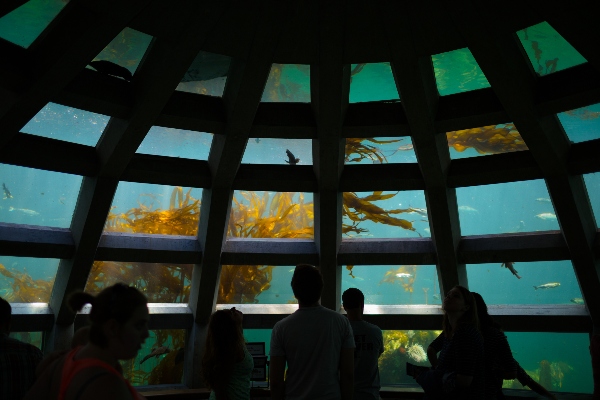
5. Robots and scuba divers do a deep dive on kelp
The Port of Seattle and the Seattle Aquarium are conducting research to study and map the presence of kelp forests along the urban waterfront of Elliott Bay as well as East and West Waterways of Seattle Harbor. The Port and Aquarium want to increase understanding of the conditions under which bull kelp thrives in urban areas to better inform effective conservation and restoration efforts in Puget Sound. Urban kelp beds will be studied using a novel combination of an underwater Remotely Operated Vehicle (ROV) and artificial intelligence along with scuba to document the state of urban kelp to inform future restoration and enhancement efforts.
- Learn more about the partnership
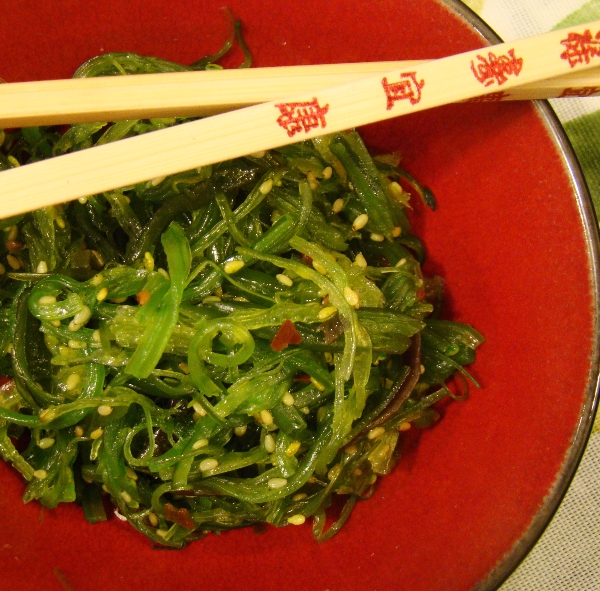
6. Seaweed is delicious, versatile, sustainable, and nutritious
Some call seaweed a “super food” and WebMD outlines the health benefits of edible seaweed, such as:
- Providing iodine that is good for your thyroid
- Acting as a prebiotic that improves the health of your gut
- Possibly helping to reduce blood pressure and bad cholesterol
- Stabilizing blood sugar and reducing the risk of developing type 2 Diabetes
Watch video recipes for seaweed from top chefs at Seaweed Days 2021
Top photo credit: "1986-015-03: Bull kelp" by August Rode is licensed under CC BY-NC-SA 2.0

